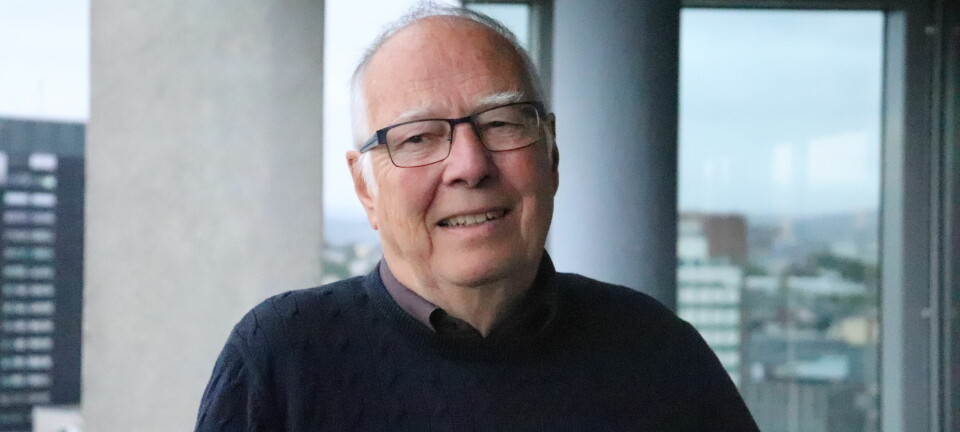
Facebook hits 20Gbps for internet drone data transmission
IDG NEWS SERVICE: The company is pushing for longer, faster links as it eyes Internet from the sky.
Facebook has succeeded in transmitting data at almost 20Gbps between two towers in Southern California in tests of a technology key to its plans to deliver internet service to rural areas using drones.
The tests were conducted earlier this year and made use of frequencies in the so-called E-band, a group of millimeter wave frequencies between 60 and 90GHz.
Such signals are capable of high-bandwidth data transmission but are susceptible to attenuation from distance, weather, and obstacles, so they are typically used for short-range, point-to-point transmissions.
Facebook used a 60-centimeter dish to send data over a 13-kilometer link between Malibu and Woodland Hills.
That test initially shot data at between 100Mbps and 3Gbps and allowed engineers to collect transmission data on clear days and during clouds, fog, high winds, and rain, Facebook said in a Thursday blog post.
For the tests, Facebook ended up building many of its own microwave transmission components into the system, which used a 1.2-meter dish on the receiving end.
The signal received by the dish would drop by half if it was mispointed by just 0.2 degrees, so accuracy was key.
The get the data rate up to 20Gbps, the dish needed to be almost spot on: an accuracy of more than 0.07 degrees. In perspective, that's the equivalent of a baseball pitcher hitting a quarter, Facebook said.
The distance achieved is significant and already useful for point-to-point links that could transmit high-bandwidth internet signals terrestrially.
But it isn't quite far enough to be used as the backhaul link for the company's envisaged drone internet service.
Facebook's Aquila drones will deliver internet access to remote areas from altitudes of between 60,000 and 90,000 feet, roughly 18 to 27 kilometers. Because the drones won't always be overhead of the ground station, the link distance could be longer.
For the drone service, Facebook will need to increase the range to between 30 and 50 kilometers and increase the bandwidth to 30Gbps, the company said.
The next step for the California tests is a ground-to-air system that will transmit data to a Cessna aircraft with a data transceiver on board.
Testing of a system that can shoot a 20Gbps data link to the aircraft at an altitude of up to 20,000 feet (six kilometers) has already begun. In 2017, Facebook plans to up the speed to 40Gbps both to and from the aircraft.
"We still have several connectivity and technical challenges to resolve before the technology is fully ready for deployment," Facebook said.






















